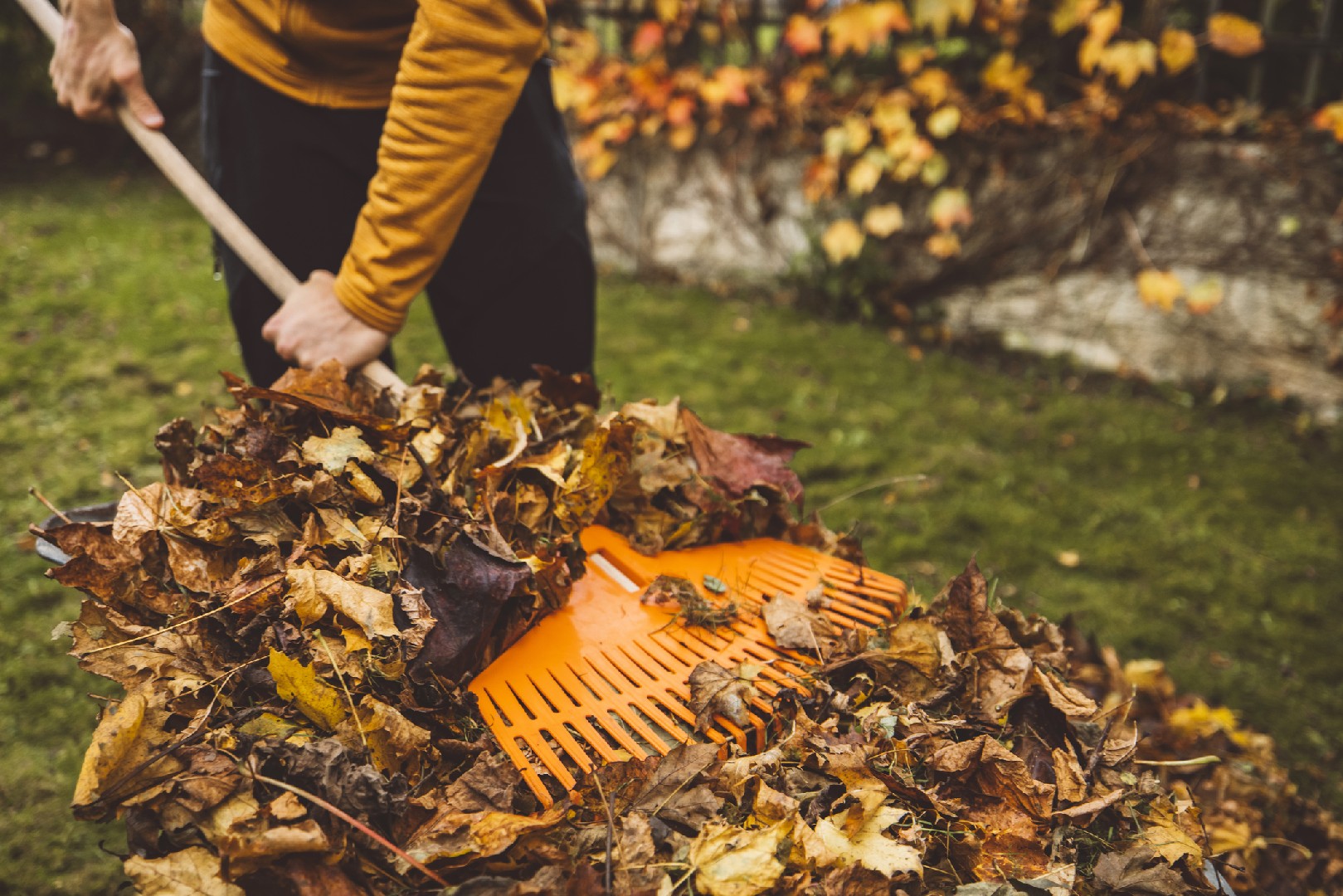![Rectangle]()
Winter Wrapping: Protect Your Tools During the Off-season
During the winter months, it is important to take proper care of your garden tools to prevent rust, wood splitting, and other significant damages. By following a few simple preventative measures, you can ensure that your tools stay in top shape, ready for use when the gardening season starts again.
The first step in protecting your tools during the off-season is to thoroughly clean them. After a season of use, your tools can accumulate dirt, debris, and moisture, which can lead to rust and corrosion. Start by removing any dirt or mud from the surface of your tools using a stiff brush or water. For harder-to-remove residue, you can use a mild soap solution. After cleaning, make sure to dry your tools thoroughly to prevent any moisture from lingering.
Once your tools are clean, it is important to apply a thin layer of oil or WD-40 to prevent rust. This protective coating will act as a barrier against moisture, preventing oxidation and rust formation. Apply the oil or WD-40 to all metal surfaces of your tools, paying special attention to any crevices or moving parts. Allow the oil to penetrate for a few minutes before wiping away any excess.
In addition to cleaning and oiling your tools, effective storage practices are essential for protecting them during the winter months. Start by finding a suitable storage area that is dry and well-ventilated. Moisture can promote rust and corrosion, so it is important to avoid storing your tools in damp or humid environments.
Before storing your tools, it is a good idea to organize them. You can use hooks, racks, or toolboxes to keep everything in order and easily accessible. This not only helps to prevent damage but also saves you time when you are ready to use them again.
When organizing your tools, consider insulation and moisture control. Insulating your tool storage area can help regulate temperature and prevent moisture buildup. You can use foam padding or insulation materials to line the walls and ceiling of your storage area. Additionally, consider using moisture-absorbing products such as silica gel packets or desiccant packs to keep the air dry.
By taking these preventative measures and following effective storage practices, you can ensure that your garden tools remain in top shape during the winter months. Not only will this save you time and money in the long run, but it will also extend the lifespan of your tools, allowing you to enjoy gardening year after year.
In conclusion, winter wrapping is a crucial step in maintaining the longevity of your garden tools. By thoroughly cleaning, applying oil or WD-40, and practicing effective storage techniques, you can protect your tools from rust, wood splitting, and other damages. Additionally, organizing your tools and insulating your storage area can further safeguard your items. Remember, a little bit of effort now will go a long way in preserving your tools and ensuring they are ready for use when the gardening season returns.





